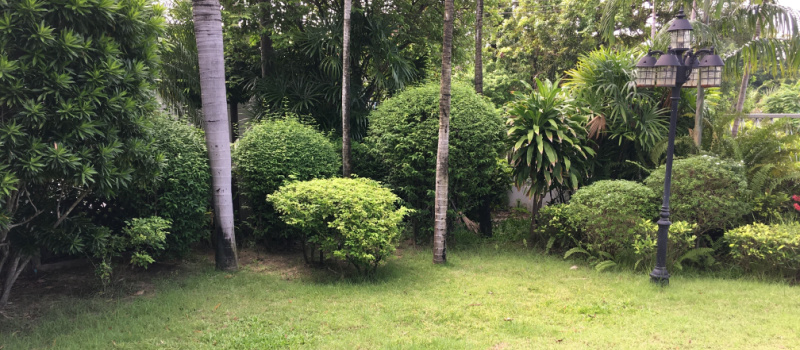Top 5 Signs of a Dying Tree

Trees are a valuable part of our ecosystem, providing oxygen, shade, and beauty. However, trees are living organisms that can become sick or die over time. As a tree owner, it is vital to recognize the signs of a dying tree to prevent damage to your property and ensure the safety of those around you. Here are the top 5 signs of a dying tree:
Deteriorating Bark
The bark of a healthy tree is smooth and intact. However, if you notice the bark is peeling, cracking, or has fallen off in some areas, this is a sign of a dying tree. Deteriorating bark is often a result of disease or pest infestations that have weakened the tree's structure. In severe cases, the bark may be gone entirely, exposing the tree's inner layers, which can be fatal for the tree.
Discolored Leaves
The leaves of a healthy tree are typically green and vibrant. If the leaves are discolored, it can be an indication of a dying tree. Discolored leaves can range from pale green to yellow or brown and can be caused by various factors, including disease, pests, and lack of nutrients. If the leaves on your tree are discolored, take action to determine the underlying cause and address the issue promptly.
Dead Branches
A healthy tree will have flexible branches that bend with the wind. If you see that some of the branches on your tree are brittle, broken, or completely dead, this is a sign of a dying tree. Dead branches are often caused by disease, pest infestations, or environmental stress and can pose a hazard to people and property if they fall. Therefore, it is crucial to have dead branches removed promptly to prevent damage and injury.
Fungus Growth
Fungi are a common sign of a dying tree and can be found growing on the tree's trunk or roots. Fungi are often a result of a weakened immune system in the tree, which makes it more susceptible to disease and pests. If any fungus grows on your tree, have it examined by a professional arborist to determine the underlying cause and take appropriate action.
Leaning Tree
A healthy tree will grow upright and be firmly rooted in the ground. If you notice that your tree is leaning or has shifted position, this is a sign of a dying tree. Various factors, including root damage, disease, or environmental stress, can cause a leaning tree. Sadly, a leaning tree can pose a hazard to people and property.
In conclusion, it is crucial to recognize the signs that a tree may be dying. If you see any of the problems mentioned in this article, contact The Experienced Gardener for advice on how to best care for your trees. Taking good care of your trees can help ensure they remain healthy and strong. The Experienced Gardener can provide tips on how to maintain or improve your tree’s health, as well as other necessary services like pruning, fertilizing, and pest control.


